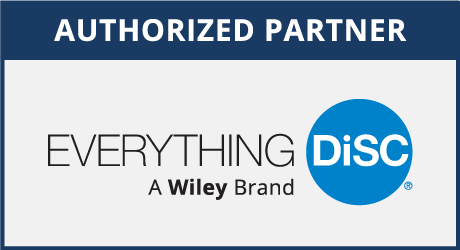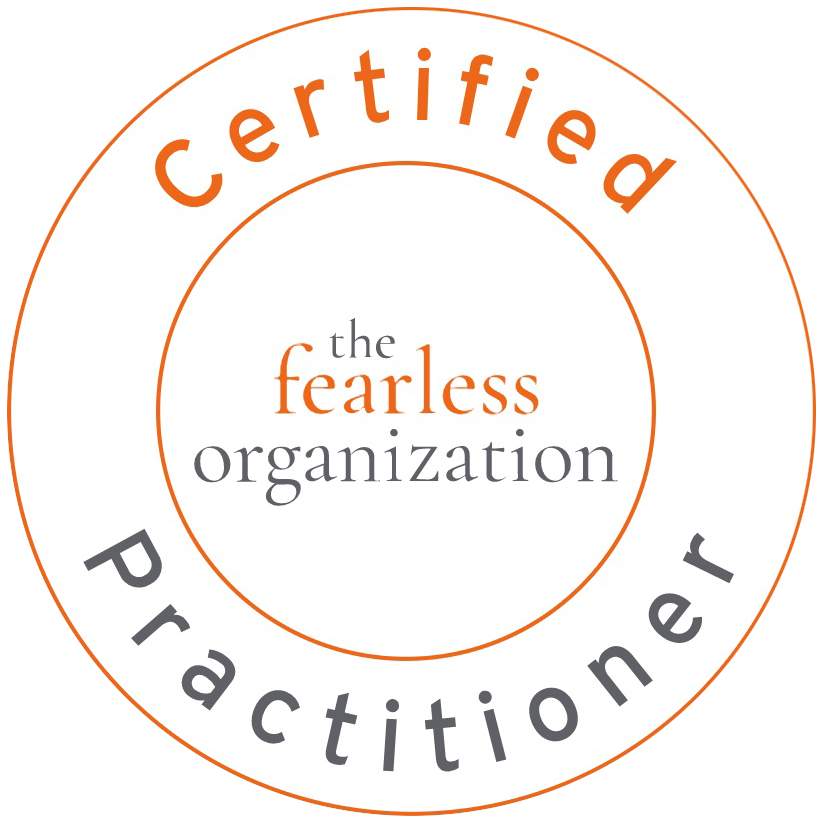
Understanding Team Development: What It Is (and Isn't)
There are many misconceptions about what team development is and isn't.
Team development is a critical aspect of organizational success, fostering collaboration, enhancing productivity, and driving innovation. However, there are many misconceptions about what team development entails. This Viewpoint Blog post aims to clarify what team development is and what it isn’t, providing a comprehensive understanding of this essential process.
What Team Development Is
1. A Continuous Process
Team development is an ongoing journey. It involves continuous efforts to improve team dynamics, communication, and performance. Unlike a one-time training session, team development requires regular check-ins, feedback, and adjustments to ensure the team evolves and adapts to new challenges.
2. Building Trust and Collaboration
Trust is the foundation of effective teams. Team development focuses on building trust among team members, fostering a collaborative environment where individuals feel safe to share ideas, take risks, and support each other. Activities such as team-building exercises, open communication, and conflict resolution are integral to this process.
3. Enhancing Communication
Effective communication is key to team success. Team development emphasizes improving communication skills, ensuring that team members can express their thoughts clearly, listen actively, and provide constructive feedback. This includes both verbal and non-verbal communication, as well as the use of appropriate communication tools and platforms.
4. Defining Roles and Responsibilities
Clarity in roles and responsibilities is crucial for team efficiency. Team development involves defining and communicating each team member’s role, ensuring that everyone understands their responsibilities and how they contribute to the team’s goals. This helps prevent confusion, overlap, and conflicts.
5. Setting Goals and Objectives
Goal setting is a fundamental aspect of team development. Teams need clear, achievable goals to stay focused and motivated. Team development includes setting short-term and long-term objectives, aligning them with the organization’s mission, and regularly reviewing progress to ensure the team stays on track.
6. Encouraging Inclusion and Diversity
Diverse teams bring a wealth of perspectives and ideas. Team development promotes inclusion and diversity, encouraging the participation of individuals from different backgrounds, experiences, skill sets, and thoughts. This not only enhances creativity and problem-solving but also fosters a more inclusive and supportive work environment.
7. Providing Learning and Development Opportunities
Continuous learning is essential for team growth. Team development includes providing learning and development opportunities to enhance team members’ human skills and knowledge. This can involve assessment-based learning experiences, workshops, seminars, and development coaching.
8. Fostering a Positive Team Culture
A positive team culture is vital for team morale and productivity. Team development focuses on creating a supportive and positive work environment where team members feel valued, respected, and motivated. This includes recognizing achievements, celebrating successes, and promoting a healthy work-life balance.
What Team Development Isn’t
1. A One-Time Event
Team development is not a one-time event. It is not something that can be achieved through a single workshop or training session. While these activities can be beneficial, they are just one part of a larger, ongoing process that requires consistent effort and commitment.
2. Solely the Responsibility of Team Leaders
Team development is not solely the responsibility of team leaders. While leaders play a crucial role in guiding and supporting the team, every team member is responsible for contributing to the team’s development. This includes working to know themselves and team members better, participating in team-building activities, providing feedback, and actively working toward the team’s goals.
3. Just About Social Activities
Team development is not just about social activities. While social events and team-building exercises are important for building relationships and trust, team development encompasses much more. It involves strategic planning, goal setting, human-skills development, and continuous improvement.
4. A Quick Fix for Team Issues
Team development is not a quick fix for team issues. It requires time, effort, and patience to address and resolve underlying problems. Quick fixes may provide temporary relief, but sustainable team development involves identifying root causes and implementing long-term solutions.
5. Only for New Teams
Team development is not only for new teams. Even well-established teams can benefit from ongoing development efforts. As teams grow and evolve, new challenges and opportunities arise, making continuous development essential for maintaining high performance.
6. A One-Size-Fits-All Approach
Team development is not a one-size-fits-all approach. Each team is unique, with its own dynamics, strengths, and challenges. Effective team development requires a tailored approach that considers the specific needs and goals of the team.
7. Limited to Professional Skills
Team development is not limited to professional skills. While technical skills and knowledge are important, team development also focuses on soft skills such as communication, empathy, and emotional intelligence. These skills are crucial for building strong, cohesive teams.
8. An Isolated Effort
Team development is not an isolated effort. It should be integrated into the broader organizational culture and aligned with the company’s values and objectives. This ensures that team development efforts are supported and reinforced at all levels of the organization.
Key Components of Effective Team Development
1. Team-Building Activities
Team-building activities are designed to strengthen relationships, build trust, and improve communication among team members. These activities can range from icebreakers and trust exercises to more complex problem-solving challenges and outdoor adventures.
2. Regular Team Meetings
Regular team meetings provide an opportunity for team members to discuss progress, address challenges, and plan for the future. These meetings should be structured, focused, and inclusive, allowing everyone to contribute and share their perspectives.
3. Perpetual Feedback and Performance Reviews
Feedback and performance reviews are essential for continuous improvement. Regular feedback helps team members understand their strengths and areas for development, while performance reviews provide a formal assessment of progress and achievements.
4. Learning and Development Programs
Learning and development programs enhance team members’ human and professional skills and knowledge, enabling them to perform at their best. These programs should be tailored to the individual's and team’s needs and aligned with the organization’s goals.
5. Conflict Resolution Strategies
Conflict resolution strategies are crucial for maintaining a positive team dynamic. Effective team development includes training team members in conflict resolution techniques and providing support for resolving disputes constructively.
6. Recognition and Rewards
Recognition and rewards motivate team members and reinforce positive behaviors. This can include formal recognition programs, such as employee of the month awards, as well as informal gestures, such as verbal praise and thank-you notes.
7. Clear Communication Channels
Clear communication channels ensure that information flows smoothly within the team. This includes using appropriate communication tools, such as email, instant messaging, and project management software, as well as establishing protocols for sharing information and updates.
8. Goal Setting and Planning
Goal setting and planning provide direction and focus for the team. This involves setting clear, achievable goals, developing action plans, and regularly reviewing progress to ensure the team stays on track.
Conclusion
Team development is a multifaceted process that involves continuous efforts to improve team dynamics, communication, and performance. It is not a one-time event, a quick fix, or solely the responsibility of team leaders. Instead, it requires the active participation of all team members and a commitment to ongoing growth and improvement.
By understanding what team development is and what it isn’t, organizations can create a supportive and collaborative environment where teams can thrive. This involves building trust, enhancing communication, defining roles and responsibilities, setting goals, promoting inclusion and diversity, providing learning and development opportunities, fostering a positive team culture, and integrating team development efforts into the broader organizational framework.
Ultimately, effective team development leads to higher productivity, increased employee satisfaction, and greater organizational success. By investing in team development, organizations can unlock the full potential of their teams and achieve their strategic objectives.
NOTE: AxisTD is an Everything DiSC® Authorized Partner and Certified Practitioner. Everything DiSC is a personal development learning experience designed to help everyone in your organization work better together. Check out our Team Development service offering.
Don't forget to share this post!
New to Our Blog?
The Viewpoint Blog informs, educates, and empowers the professionals of today and tomorrow on HR, business, and sales through 5-minute reads.
RECENT POSTS
Subscribe to Viewpoint
By submitting this form you are opting-in to receive occasional email from AxisTD, which you may unsubscribe from at any time. We respect your privacy.
Like our blog? Show some love, and share.
















